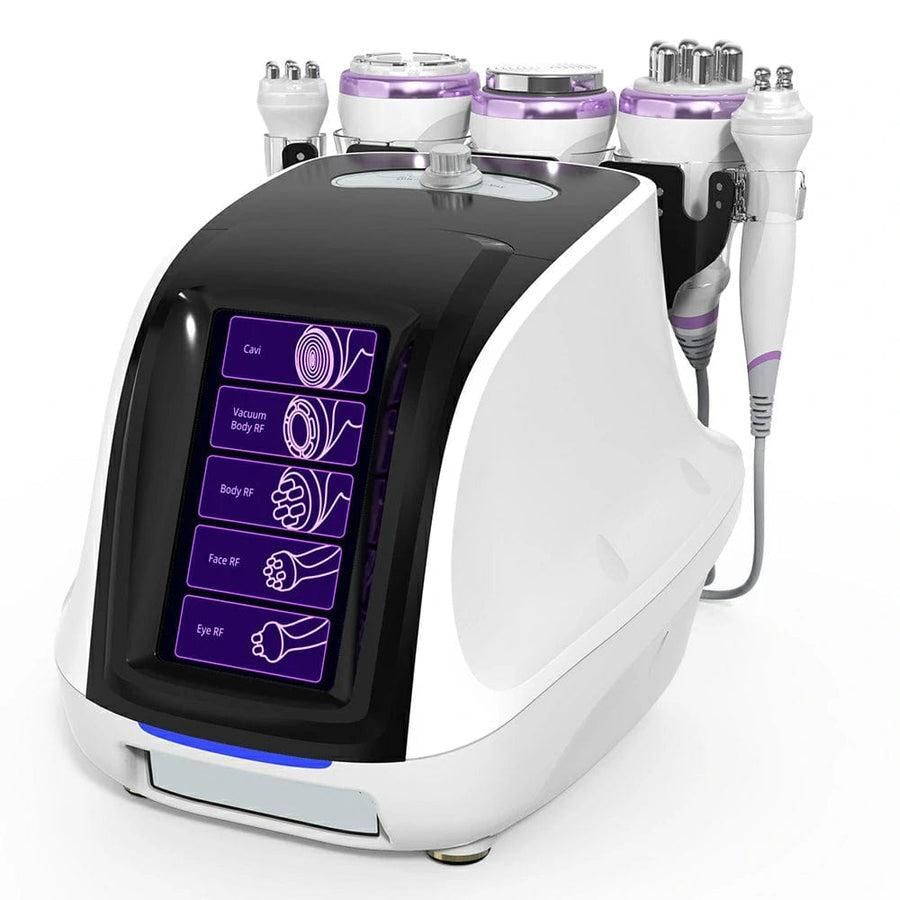Self-care is more crucial than ever during difficult times. It’s time to create a spa-like experience at home because many of us cannot afford a spa day due to the cost-of-living crisis. However, setting up a home spa involves more than just taking a shower and crossing your fingers; the correct choice of cosmetics, lighting, fragrances, and music may transform your home spa from a chaotic space to a peaceful one. This is the ultimate checklist for a spa day at home. Make a note, then unwind.

The Ideal Home Spa
1. Make a Strategy
You can guarantee a soothing experience by planning the perfect do-it-yourself spa day.
- When you are making your plan, keep the following in mind:
- How long do you want to spend at the spa?
- If you want to have a spa date at home with friends, your significant other, or by yourself?
- Which spa services would you like to have at home?
- Whether you want to buy a few new things or use what you already have,
- What materials will you need to collect?
2. Establish the Ambience
Typically, a spa is a tranquil setting. This is also something you can make at home.
Use the following to set the tone:
- A place free of clutter
- A soothing, pleasant-smelling candle that makes you feel comfortable
- Spotify offers a variety of soothing music playlists.
- A cosy and cosy towel and robe
- A diffuser filled with calming essential oils, such as chamomile or lavender
- We adore a good, cold beverage in a stainless steel tumbler.
How to Use a Cavitation Machine at Home for a Spa Day
It is common for cavitation machines to have many working handles. It works on a variety of bodily parts. Face, arms, back, thigh, waist, abdomen, legs, etc. These are a few examples. However, people occasionally use it improperly. The following are the main stages for using a cavitation machine at home.
Read your device’s instruction handbook carefully for how to easily use cavitation machine at home. Please do not use the gadget or seek expert advice if you feel uncomfortable. Avoid using the equipment on vital organs like the heart, the thyroid, or conspicuous features like bones.
For first-time users, it is suggested to start at the lowest level and then gradually raise the energy levels to guarantee comfort. Stop right away if you feel any pain.
How to Treat the Face with a Cavitation Machine?
- Wash your Face: You should clean your face and neck of any makeup, dust, or oil before beginning any facial treatments. Next, use a facial cleanser to wash your face and neck.
- Massage your Face: To release and relax the facial muscles and skin, apply a toner to the face and massage it using a specific motion.
- RF Manages Usage: Put some RF cream on your face. Next, use the touch screen to change the parameters, such as time, energy, and mode. Distinct regions utilise distinct RF handles. Whereas the quadrupole RF handle targets the face and neck, the tri-pole RF handle targets the skin surrounding the eyes. Next, move the handle in a lifting-up motion around the eyes. After that, move the quadrupole handle on the face and neck.
- Use of Cold Hammers: Three times, move the cold hammer back and forth from the nose wing to the temple, the corner of the mouth to the ear lobe, and the chin to the ear lobe.
- Configure the Screen’s Parameters: Keep in mind to remain in one treatment region for a while while moving the handle point to point.
Your Everyday Skincare Routine Unlocked
Depending on the skin type and issue, an important routine will differ significantly, but it should essentially include three steps: cleaning both morning and night, using a treatment product (such as a booster, serum, or toner) every morning or night, and then moisturising.
Taking longer, the more sophisticated skincare procedure gives your skin a bit more (focused) attention.
- The following would be a necessary morning and evening routine:
- Skin care regimen in the morning and evening
- Cleansing will revitalise the skin and get rid of any debris or cosmetics.
- The serum you’ve selected should be perfect for addressing those skin issues.
- To keep skin hydrated and content, use a moisturiser.
Extra Self-Care Activities
1. Keeping a journal
Journaling is not right or wrong. You don’t have to attempt to write the ideal thing for your grandchildren or future historians to read, and your handwriting doesn’t have to be flawless. You don’t even need to write in complete sentences; if it’s more convenient, write your ideas down in bullet points.
Set a timer for five, ten, or however many minutes you can manage. Get a piece of paper and your favourite ballpoint pen, then wait for the alarm to go off before lifting the pen. Some of our favourite journal prompts are from The Good Trade and Wit & Delight, if you need some inspiration.
2. Being Thankful
Research has indicated that practicing gratitude might enhance your mental well-being. All you have to do is look about you! List three things that you are grateful for. You can put your gratitude in writing (a gratitude journal is a terrific way to combine two self-care activities into one notebook!), but the thought itself is more important than the actual location. For instance, you must appreciate leave-in conditioner, clean bathroom drawers, and natural sunlight.
3. Drinking Water to Hydrate
That is all there is to it. Although there is no ‘right’ amount of water to consume each day, experts generally agree that 4-6 glasses is a good amount. Drink it slowly and pair those cups with plenty of hydrating foods, such as cucumber, melon, celery, chia seeds, romaine, and more.
Conclusion
An inexpensive and revitalising method to relax and revitalise is to have a do-it-yourself spa day at home. With a little ingenuity and a few commonplace items, you may unwind to the fullest without ever leaving your house. Therefore, schedule a time, get your materials together, and give yourself a spa day that won’t break the bank.
